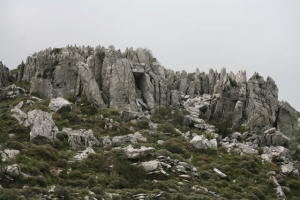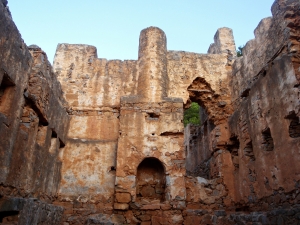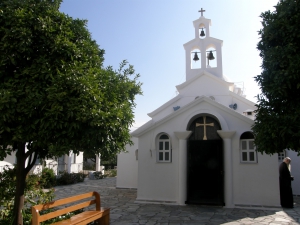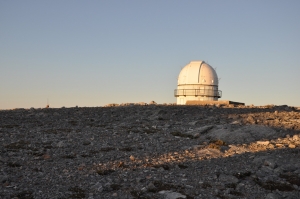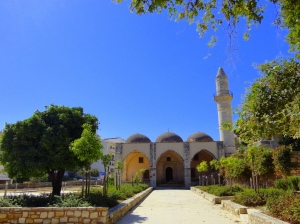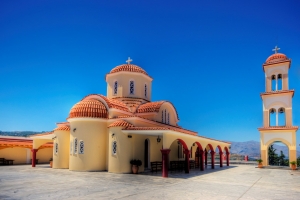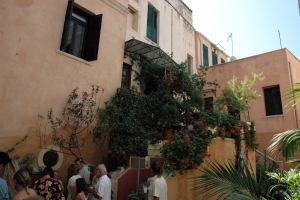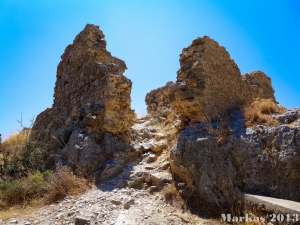The route starts from Spili, reaches the spring of Agia Fotia, and then ascends to Kissos. It comes above the Monastery of the Holy Spirit and climbs to the summit of Mount Kedros (1776 m.). From there we go back and meet the trail that leads to the Church of the Prophet Elijah and descends to Gerakari. This route is a part of the European E4 trail.
On the west side of the exit of Samaria Gorge, above the current village of Agia Roumeli, the Turks built the Koules of Agia Roumeli to suppress the rebels hiding in the gorge. This Koules is in quite good condition. There were three more towers in wider area of Agia Roumeli (in Skoteini, Aggelokambos and Sideris positions)
The Monastery of Panagia Faneromeni (i.e. Revealed Holy Mary) or Virgin Mary of Gournia is located northwest of Pachia Ammos, 24km south of Agios Nikolaos. It is a male monastery built on a steep slope at an altitude of 540 meters with stunning sea views. The monastery church is built inside a cave.
The Skinakas Observatory is a research facility operated jointly by the Foundation of Research and Technology - Hellas (F.O.R.T.H.), the University of Crete and the Max Planck Institute for Extraterrestrial Physics of Germany.
The mosque of Mastabas, with the characteristic 9-dome architecture, is an authentic monument of Rethymnon and has been conceded to GNHM following a decision of the Ministry of Culture. Upon completion of restoration and of the relevant museological study, it will operate as a Museum of Palaeontology, being annex of Goulandris National History museum in Crete.
On the hill of the Episcopacy (seat of Diocese) of Lambi, Sivritos and Sfakia, in early 1990s, started operating the monastery of Saints Raphael. The main temple is dedicated to the martyrs Saint Raphael, Nikolaos and Irini. The monastery also hosts the chapels of Saint Irinaeus, Saint John the Baptist, Saint John the Hermit and Archangel Michael.
In the old city center there is the private Folk Museum "Cretan House" which was founded by the passion of two women, Aspasia Bikaki and Irini Koumandraki.
The fort of Sfakia (Castel di Sfacia or Sfachia) was built on Kastelli hill, on the eastern edge of Sfakia (Chora Sfakion) town and was the last fort built by the Venetians in Crete. It was built during the 15th-16th century on the site of a previous Byzantine fort. Information about the castle is very poor, but this was mentioned for the first time in documents of 1526.





